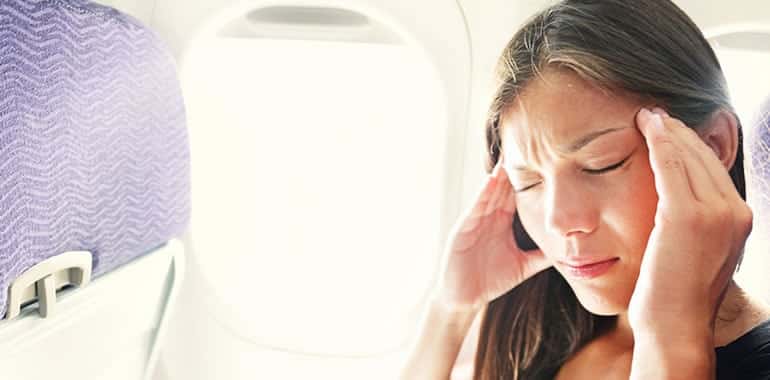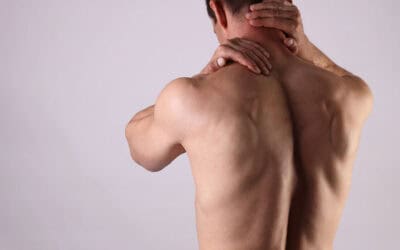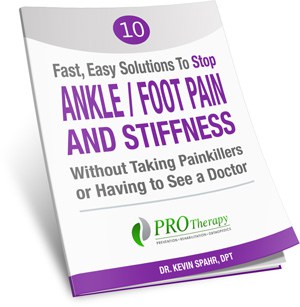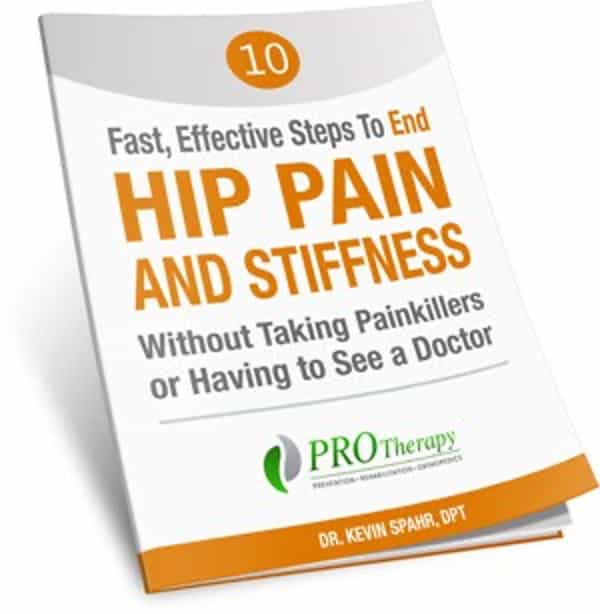With the holiday season fast approaching, more people are planning to travel this year to see family and friends. Americans are projected to spend 19 billion hours traveling this year. All that travel is exciting especially when visiting loved ones but what we forget is all that traveling can literally be a headache or cause other pains.
In this article, we will look at some of the most common symptoms (headaches/neck pain and low back pain) you are prone to while traveling, we’ll break down each one to help you better understand why you may be feeling those symptoms and lastly, we’ll examine some tips and tricks to help treat/prevent those symptoms from occurring.
Let’s get started!
Most Common Symptoms
HEADACHES/NECK PAIN
During an average year, around 100 million people who travel experience headaches when flying. Likewise, almost half of adults have experienced headaches when traveling by vehicle at least some point in their lives. With numbers like those, you can see that headaches from traveling are very common. That’s not even considering the headaches we all know that can come from change of flights or delays, but I digress. So, let’s look at what might be causing your headaches during travel.
Treatment/Prevention:
Be conscious of your posture when traveling. Never stay in one position for too long. Keeping mobile can prevent unwanted tension in the muscles and tissues of the neck. Think about relaxing your shoulders down, away from your ears and slightly pulled back. From time to time, look up with your head and away from your screen or book. If able, use a table or stand for your device to keep from constantly looking down. Finally, think about your teeth and whether you are clenching or grinding them. The best position for your jaw is having your teeth slightly separated with your tongue resting on the roof of your mouth.
Exercises:
Here are some exercises to assist in keeping mobile and having better posture.
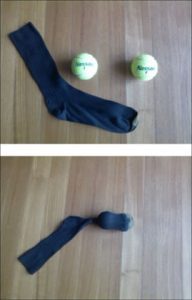
Neck Foam Rolling:
An easy thing to put in your travel bag is a peanut foam roller. You can either order a peanut foam roller or what I like to do is take two tennis balls and place them in a sock tying a knot in the end, so they don’t fall out. Next, while sitting with your head up against a back rest or laying down on your back, place the peanut at the base of your skull and gently move your head up and down like you’re shaking your head yes. You can do this for a minute or so and then switch to shaking your head no.
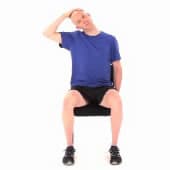
Upper Trapezius Stretch:
In sitting tilt your head to one side keeping the opposite shoulder down. Tilt your head to the point where you feel a stretch. Proceed to hold in this position for 30 seconds.
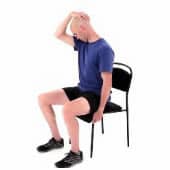
Levator Scapulae Stretch:
In sitting position your head so your nose is in line with one armpit. Proceed to lower your nose, keeping the opposite shoulder down, until you feel a stretch. Hold for 30 seconds.

Chin Tucks::
Laying down on your back, draw your chin and back of your head straight down into the surface you are laying on. Think about trying to make a double chin. Hold this for 5 seconds and then repeat 10-15 times.
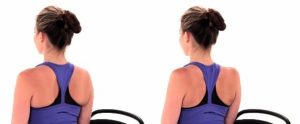
Scapular Rows:
While sitting, try to pinch your shoulders slightly together and down. Hold this position for 5 seconds and then repeat 10-15 times.

Jaw Stretch:
While sitting, make an O with your mouth and slowly drop you bottom jaw as far down as you can. Take your hands and put them on either side of your mouth gently pulling down on your lower jaw to increase the stretch. Hold for a few seconds and then repeat 10-15 times.
LOW BACK PAIN
Another common symptom that we all love to deal with – low back pain. Over the years, many of our patients have come to us with low back pain related to travel. So many factors can come into play – travel itself or performing activities your body isn’t use to, low back pain is very common with traveling. Let’s take a look at some causes as well as solutions to low back pain when traveling.
Treatment/Prevention:
Again, like headaches and neck pain, posture is important. When sitting for long periods of time, make sure you try to move when you can. If driving, every 1-1.5 hours try to get up and move around! Shifting weight periodically when sitting can also be a big help. And lastly, being proactive with body positioning and movement, can help minimize the likelihood of developing low back pain.
Exercises:
Below are some exercises that can help with mobility and posture when you are traveling.
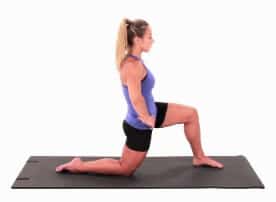
Hip Flexor Stretch:
After long bouts of sitting, our hip flexors can become tight. To improve mobility of the hip flexors, when able, get into a half kneeling position. While activating your core, lean forward until you feel a stretch on the leg that is further back. Hold for 30 seconds and switch legs. Perform 5 times, each side.

Bridges:
Lay with your back flat on the ground and your knees bent so your feet are flat on the floor. Proceed to lift your butt off the ground driving through your heels. Perform 10 times and repeat two times a day.

Lower Trunk Rotation:
Lay with your back flat on the ground and knees bent again. This time, drop your knees to one side so that your lower back rotates. Then drop your knees to the other side. Perform 15-20 times to improve mobility in the lower back.
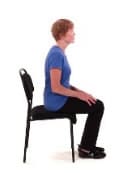
Sit to Stands/Squats:
Begin sitting with your feet shoulder width apart. Begin to stand without using your arms and squeezing your glutes to push your body up to a standing position. If this is too easy or you don’t have access to a chair, perform squats instead. Do 8 to 10 repetitions two times a day.
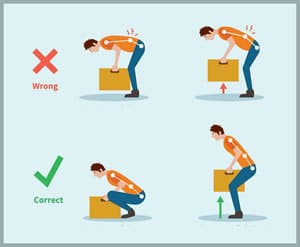
Lifting/Carrying Mechanics:
When lifting, most of us know to use our legs instead of our backs. By bending at the knees, we optimize our body’s ability to lift due to the fact more muscles (and the right muscles for the job) are being utilized to lift the object. Keep your luggage close to your body as you lift as this will prevent extra strain on your back and arms. Engage your core as you lift to help stabilize the lower back muscles. Finally, don’t rotate your back when moving luggage. Instead turn your feet to prevent unnecessary twisting in your back.
Final Thoughts…
Travel doesn’t have to be such a pain and should be focused on enjoying your time with friends and family! The best way to ensure this is the case is to move and keep active in the correct manner.
Utilize the above exercises and tips – this should help prevent injury with traveling. Sometimes injuries are inevitable though and if you do happen to have any pain that persists after traveling feel free to give us a call. We can help assess the situation through our free Discovery Visits or a free Telephone Consultation with a PT where we can discuss with you what is going on and give you our professional thoughts on what best to do next.
Safe and happy travels this holiday season from everyone at PRO Therapy!
- Treating and Avoiding Hockey Injuries with Physical Therapy - November 26, 2025
- Common Questions About Physical Therapy After a Car Accident - November 12, 2025
- Pelvic Floor PT for Active & Postpartum Women in Minneapolis & Coon Rapids - November 3, 2025

